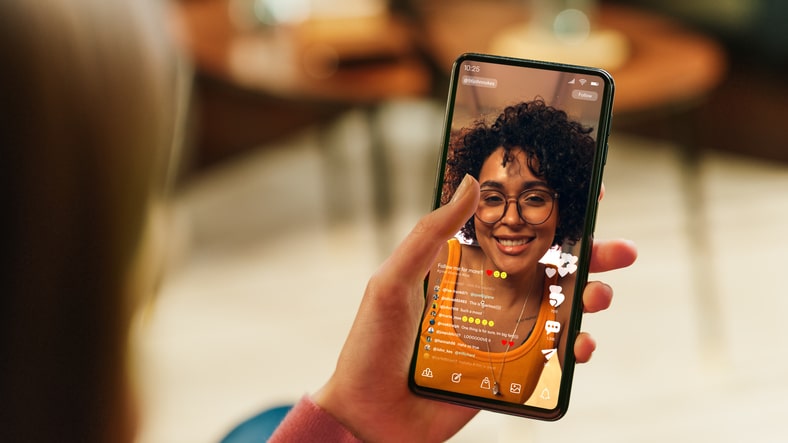I’m always fascinated in how certain social media platforms or new features absolutely fly and really resonate with users (Instagram stories, Facebook Live to name just two), while other hyped features, usually breathlessly introduced to the media, never really take off despite sounding great. The best recent example I can think of is probably the clunky and maladroit Google+, which announced last month it was moth-balling the service – at least, for consumers.
Perhaps the answer lies in our own psychological makeup. Are we hardwired to respond better to certain triggers provided to us by elements of social media?
I’ll give you an example. The one big growth area of the past 12-24 months is ephemeral social media, especially among younger demographics. While Snapchat led the trend, other social platforms have since mimicked the feature, most notably Instagram with its ‘stories’ functionality.
Anecdotally, I’ve also heard of teens frequently deleting their entire Instagram timeline and starting afresh, or posting images and deleting them a few hours later.
Stories with a shelf life – be it self-inflicted or via the platform in question – force us to live in the present. Never mind carefully curated timelines, these are about immediate gratification, something these platforms can provide in spades.
Now let’s look at the audience sweet spot of both platforms; Snapchat is 13 – 17 year’s old, while Instagram is slightly higher; 18-24.
Now what do these age groups have in common? Both, to a lesser of greater degree are thought to live in a psychological state known as present hedonistic, essentially living in the moment – seeking pleasure, novelty, and sensation, and avoiding pain.
Adolescence, in particular is characterised by an increase in present orientation compared to other periods of the life span (Lessing, 1972). Similarly, a study from Bowles (1999) showed that adolescents were more oriented towards the present compared to the past and the future.
With this in mind, it’s useful to examine the five main psychological time perspectives:
- Past positive – people focus on the “good old days.” They may keep scrapbooks, collect photos, and look forward to celebrating traditional holidays.
- Past negative – people focus on all the things that went wrong in the past: “it doesn’t matter what I do, my life will never change.”
- Present hedonistic – people live in the moment – seeking pleasure, novelty, and sensation, and avoiding pain.
- Present fatalistic – people feel that decisions are moot because predetermined fate plays the guiding role in life: “What will be, will be.”
- Future-oriented – people plan for the future and trust that their decision will work out.
So what does this mean?
Put simply, ephemeral social media works, especially among younger age groups, not because of its fun and engagement (though of course this does play a role), it works because teens are hard wired to respond to the immediate gratification, and avoidance of pain (albeit in the form of self-destructing content) these platforms present.
So if we’re looking at the next big growth area among the under 18s, then ephemeral content is going nowhere fast. In fact, could the 24-lifespan get even quicker? Time will tell, but one thing’s for sure; if you want to engage with younger demographics, then you could do worse than focus on pleasure, novelty, and sensation.




